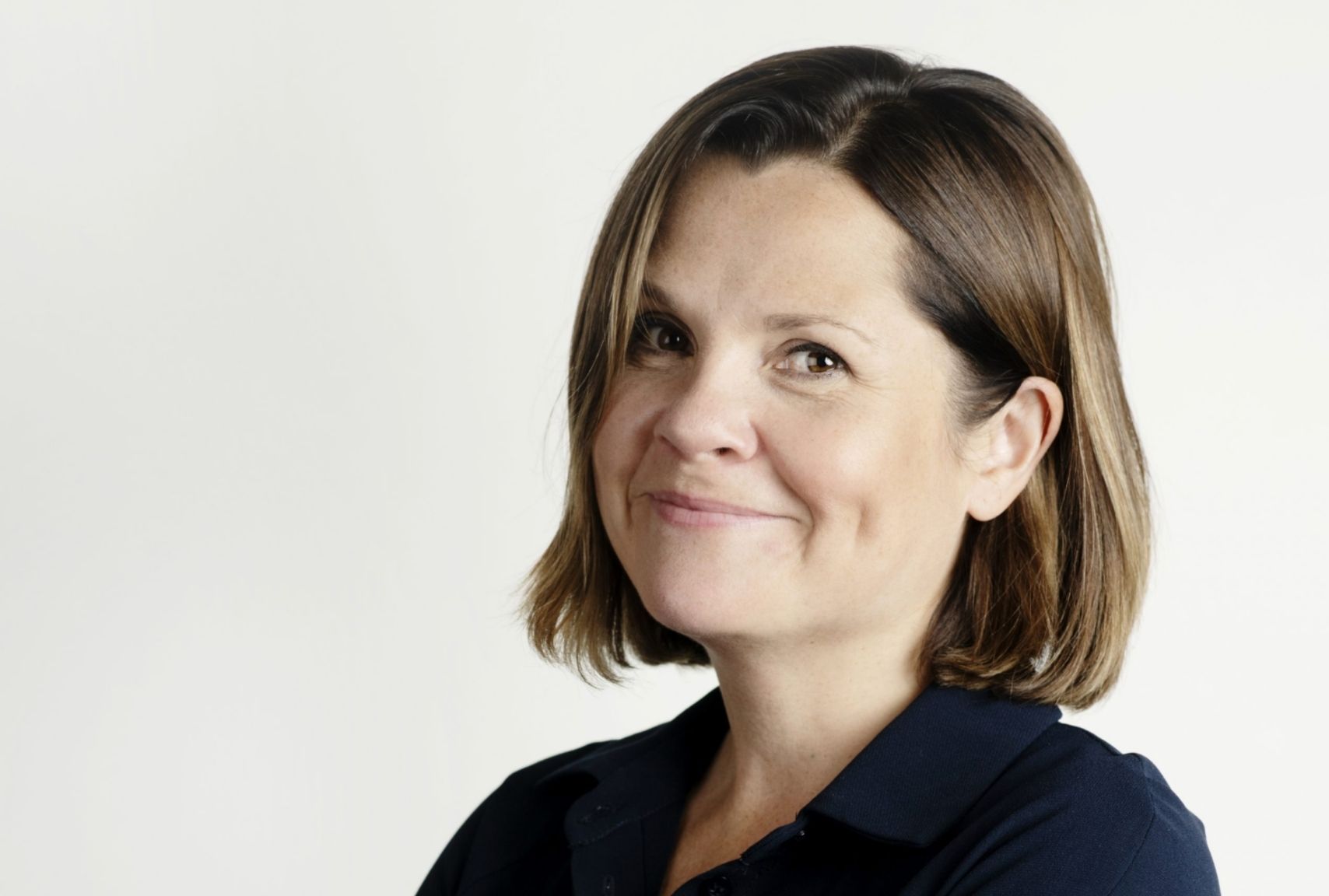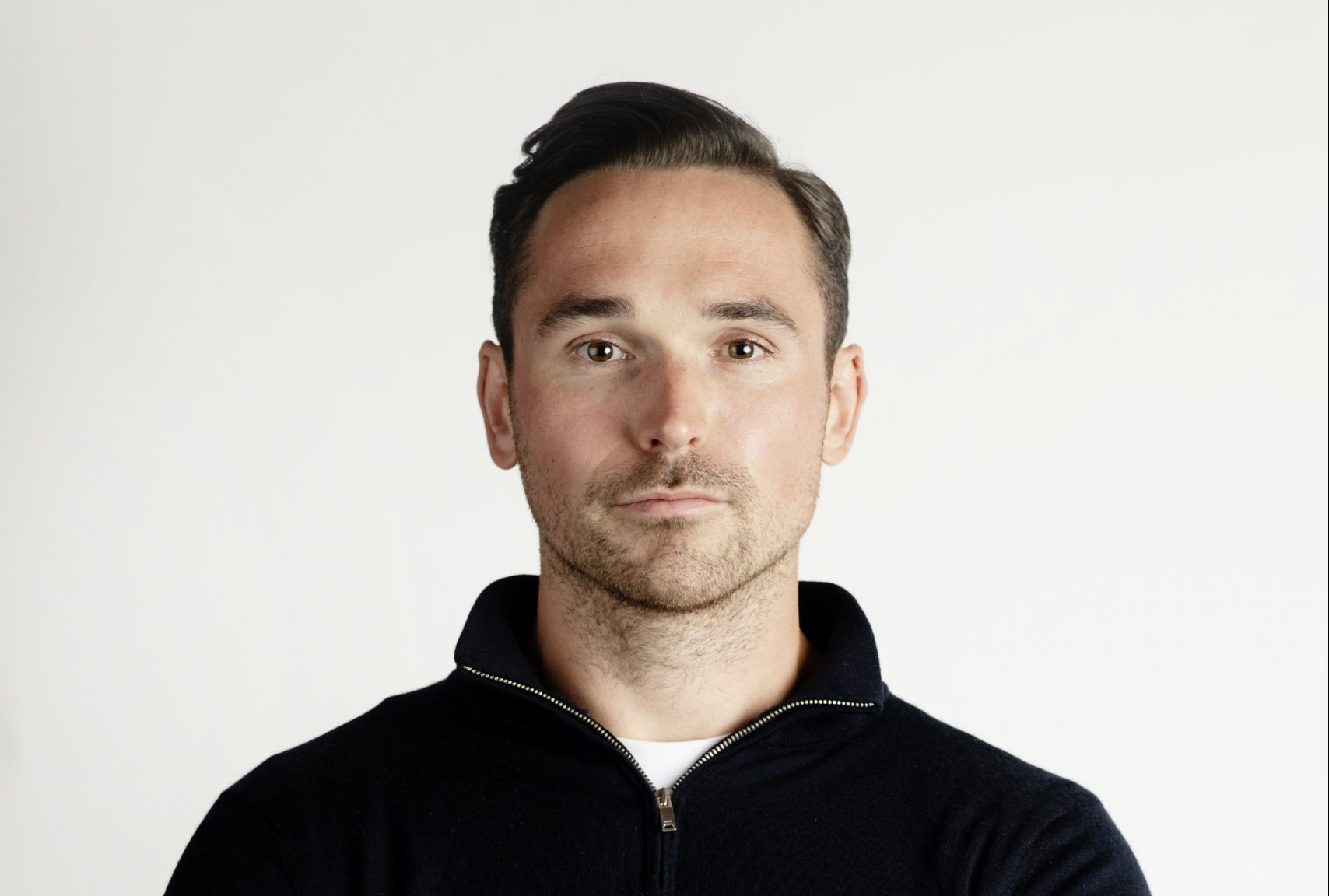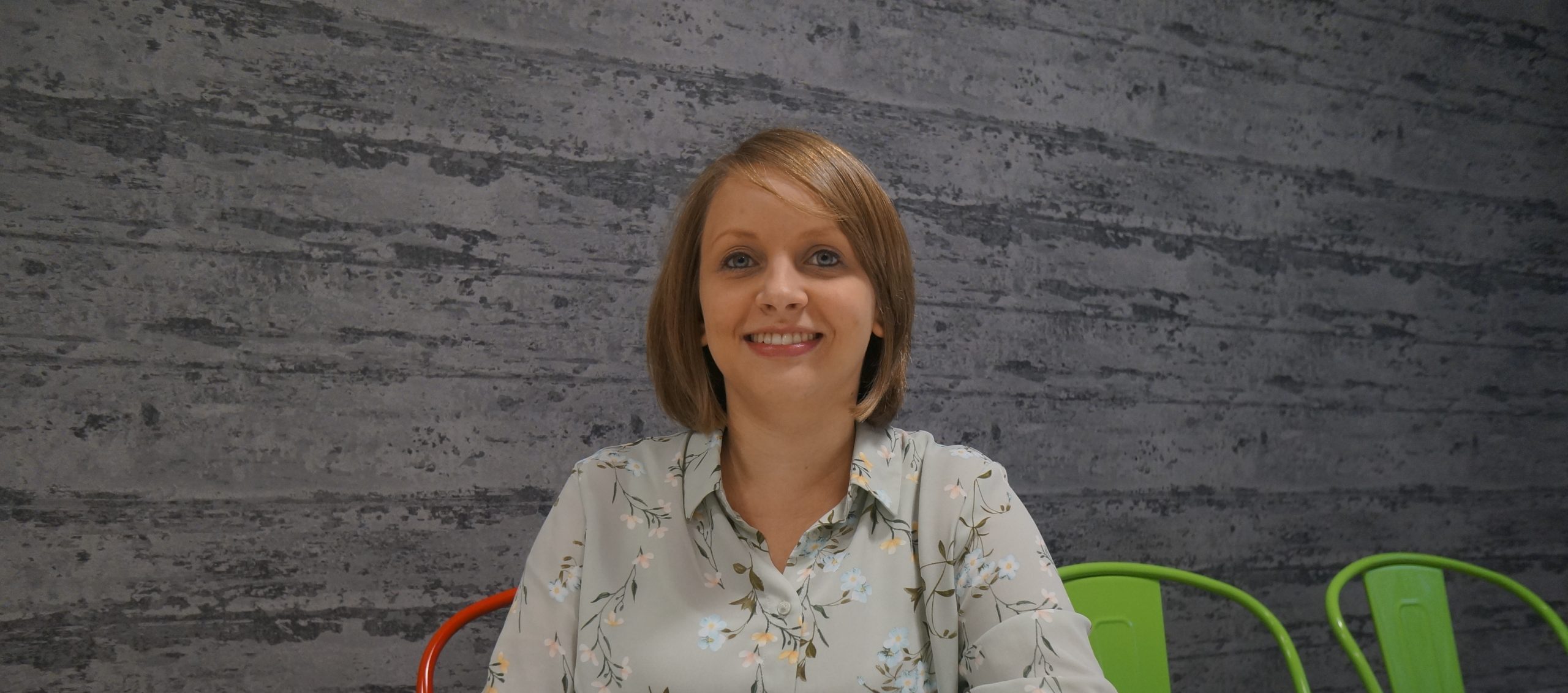The blog you’re about to read was written, revised, QC’d, complete with images and social media copy, in less than a day. It’s true – and it was a team effort. Because we went Agile.
Now ‘Agile’ is one of those buzzwords in healthcare communications that has a propensity for making the cynics recoil. I once heard a medcomms agency say they were Agile because ‘we hot-desk’. This isn’t news, but it bears repeating: Agile is not a workstation rotation, it’s a project management system.
Created by necessity, Big Tech have successfully been using this approach for years to keep afloat in a sea of change – so why shouldn’t we adapt it for medical communications? Here are three reasons to try it, and what it meant for this blog post.
-
You’re forging true partnership with your clients
Agile values individuals and interactions over processes and tools. Human communication, feedback and collaboration are critical for bringing Agile to life. That means having a relationship between agency and client that’s built on trust and openness – one where you can have a real conversation and be brave enough to ask questions. Your client will never be disappointed with box-ticking, but if you want to exceed expectations, you’ll need to uncover the real motivations and challenges that keep them awake at night. Embracing Agile can help.
Real-time learning: We had a discussion that led to Bedrock being down a scheduled blogpost – that comes from a culture of openness, where people aren’t afraid to talk about the challenges we see, when we see them.
-
You strive to devise creative communications solutions
Agile is iterative, and each round improves on the one before it and creates value.
Now, this is where Big Tech and medcomms diverge: Agile tech works in sprints – periods of time focused on a particular output – and medcomms works in drafts. We write, review and revise, producing a tangible working draft after each iteration – so med comms is halfway there! The difference in Agile is that you don’t get stuck on one path when you uncover new problems – you don’t force it to fit, you reconvene, discuss and pivot.
Freethinking comes from a place of knowing that issues and insights are going to pop up when you least expect them – and Agile keeps you open to those moments, to improve the final product in ways you might not anticipate.
Real-time learning: We had a live, casual discussion that led to a first draft. A quick gut-check identified an issue with tone – it didn’t sound like us at all. A few quick changes gave us a second draft, which swiftly fell to an editorial check that identified a lack of concrete lessons. The third draft layered in these ‘real-time learnings’ (along with a few other changes). And thus a narratively coherent, creative blog was born.
-
You want an efficient project workflow
Agile is underpinned by efficiency. We already look for parallel processing opportunities in a project timeline – writing a poster abstract while the manuscript is in submission, building a digital hub while the content is crafted – so why not communication? Jumping on Teams for 10 minutes could save you hours of emails.
Agile demands that we reflect on how to become more effective, actively monitoring and re-adjusting at regular intervals. Whether it’s internal communication, client discussion, scientific content or even the technology to deliver a project, Agile means being dynamically driven, ready to change the path as new information becomes available.
Real-time learning: We made a Teams chat for the relevant people, shared drafts, batted things back and forth in live discussion, split the tasks to ensure the most efficient timings, and cut down the long lead times that typically bog down the blog post process.
What will you create?
If you want to hot-desk, go ahead – but don’t expect spontaneous inspiration. Thinking outside the box requires more than dissolving the office cubical. Bedrock is committed to growth, and we will embrace best practice from all sectors in pursuit of compelling healthcare communication solutions. Not blandly box-ticking, but bravely Bedrock(ing).
Photo of Movimënt sculpture (2012) by the Unika art project, taken by Stux
















